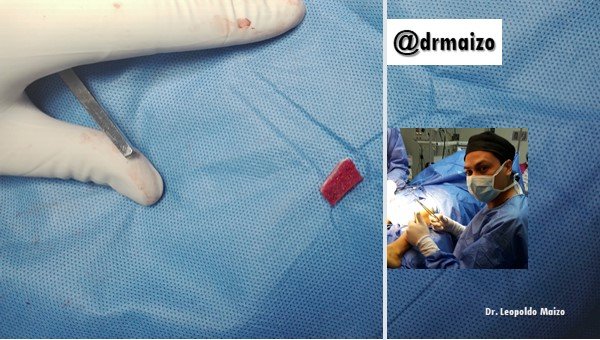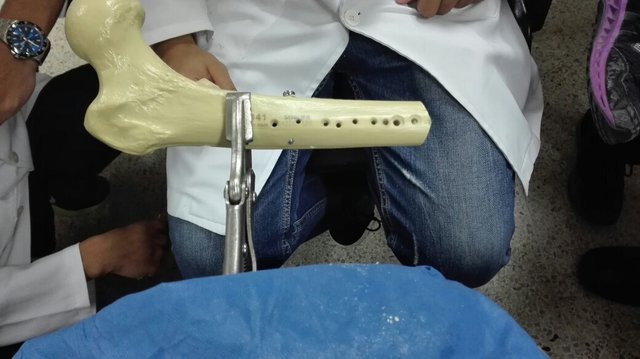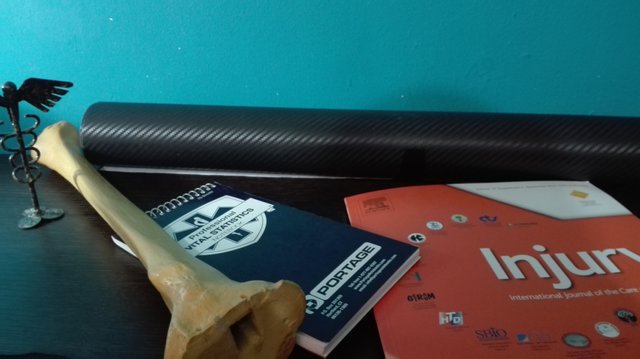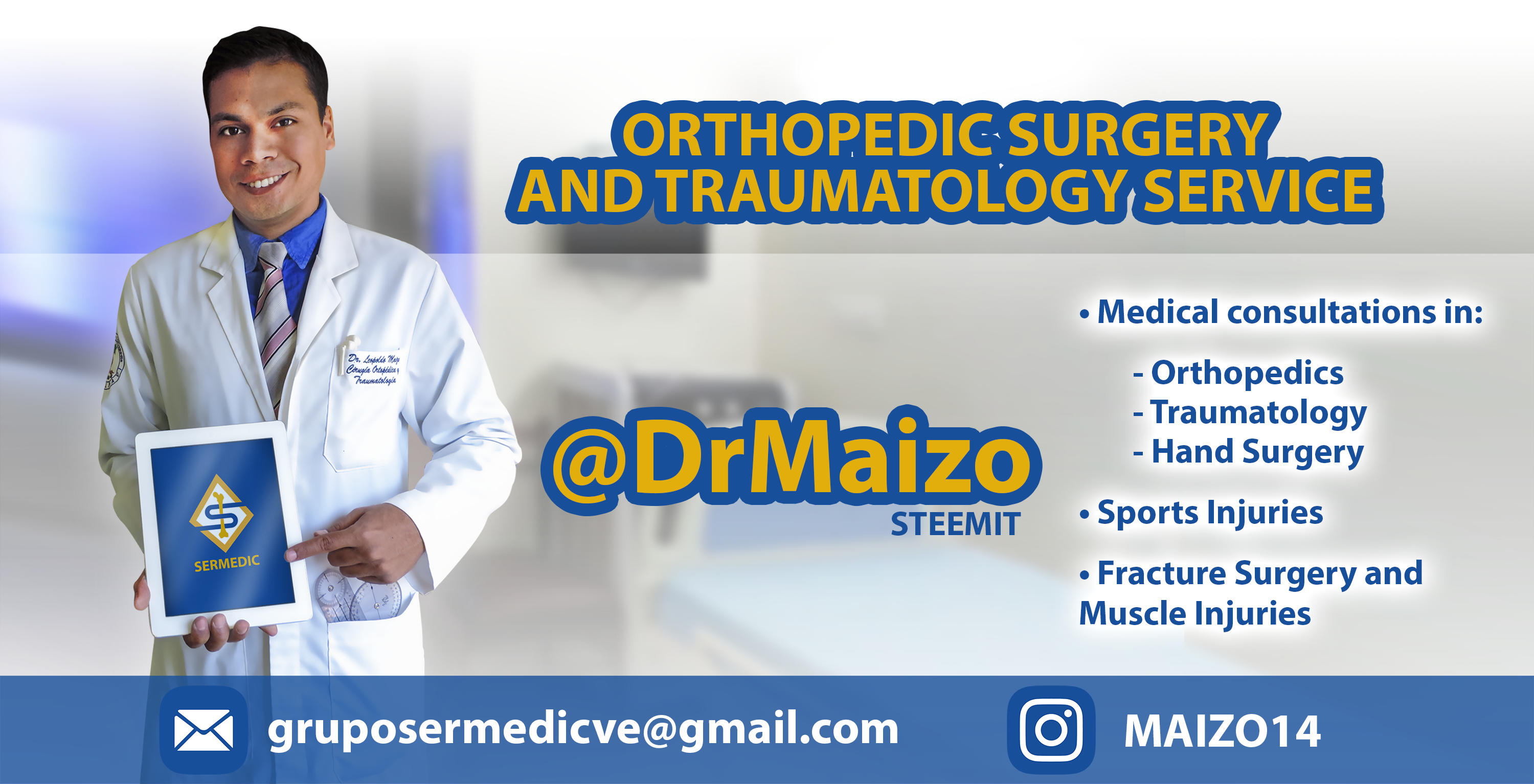Osteology: The study of bones

Bone generalities
Bones form from the moment we're born. At first, they are soft and formed by a very special tissue called cartilage.
After birth, most of the cartilage has turned into bone and only remains at the ends of the bone. It is this cartilage, called growth cartilage, that continues to form bone, allowing it to grow and lengthen.
When we stop growing, around the age of twenty, the growth cartilage disappears, becoming completely ossified. That is the reason why the number of bones decreases, 350 when we are born, to 206 when we are adults.
In adulthood, we only have cartilage, with its characteristic soft consistency, in some parts. This is the case of the ears and the tip of the nose.
In the bone there are two types of cells. These are called osteoblasts, which deposit calcium in the bones. The others are osteoclasts, which reabsorb calcium.
When bone is forming, osteoblasts dominate, although osteoclasts also work, which by reabsorbing calcium prevent the bone from thickening excessively.
The calcium needed to form bone comes from food, especially milk. This is why it is so important to drink a lot of milk throughout the growth stage.
Calcium and osteoblasts are also very necessary when a bone is broken (fractured), as new bone tissue must form for the bone to repair.
As we age, bones lose calcium because osteoclasts begin to dominate. Bones become more fragile and brittle. This process is called osteoporosis and is typical of the elderly and especially women. Unfortunately, at this stage it is already very difficult to deposit calcium again, so the bones remain weak. The only way to prevent osteoporosis is to accumulate enough calcium during the younger years. This is another reason to keep drinking milk.


What are the bones like inside?
Bones are made up of bone tissue and bone marrow.
Bone tissue surrounds or surrounds the medulla, which is in the center, and has two consistencies. The outer layer is dense and hard, which is why it is called compact tissue, which is covered by a membrane called the periosteum. Further in, the bone tissue becomes porous and is made up of very fine flakes that resemble a net. This area is called spongy tissue.
At the center of the bones, and to a greater extent inside the sternum, is the marrow, the cavity where blood cells are formed: red blood cells or erythrocytes, white blood cells or leukocytes and platelets, which are derived from megakaryocytes.


What size and shape are the bones?
Osteology, or the study of the structure of bones, divides the structure of the skeleton into the bones of the skull, the spine and the extremities (also known as the head, trunk and extremities). When referring to the shape of the bones, it classifies them into long, short and flat.
The long bones are located in the extremities, and in them is distinguished a body, or diaphysis, and two extremities, or epiphysis.
The short bones have equal dimensions in every sense; they are found in the feet, hands and spine, and have a more or less cubic shape. The flat bones, on the other hand, are composed of two sheets of compact tissue, separated by a small space of spongy tissue called díploe. Examples of these are the bones of the cranial vault and the pelvis, among others.
Dr. Leopoldo Maizo - Orthopedic Surgeon


Firma diseñada por @themonkeyzuelans, contáctalos vía Discord "themonkeyzuelans#9087"
Great projects from the Steemit community:
- My Fundition campaign: https://fundition.io/#!/@drmaizo/6f88ggj8h



.png)
Thank you for devoting your life to the service of others.
Thank you. It is always important to help others, thanks also to you for your always valuable collaboration.
This project is being supported by @Fundition the next-generation, decentralized, peer-to-peer crowdfunding and collaboration platform, built on the Steem blockchain.
Read the full details of Fundition Fund program
Learn more about Fundition by reading our purplepaper
Join a community with heart based giving at its core
Fundition is a non profit project, by supporting it with delegation you are supporting 200+ projects.
50SP100SP200SP500SP1000SP2000SP5000SP10000SP